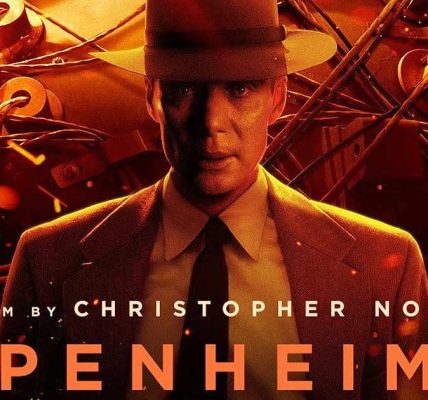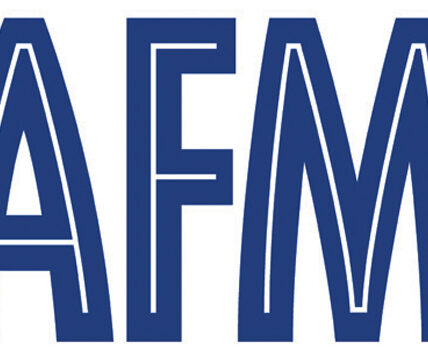Creative Screenwriting magazine’s Danny Munso examines why Aaron Sorkin’s Oscar-wining script is a ready-made masterclass of great writing.
This past year has seen its share of impeccable highs in film. From the masterful wizardry of Pixar’s Toy Story 3 to the dramatic brilliance of The King’s Speech, there was no shortage of great moments to be seen at movie theatres. But for screenwriters, the film of the year is undoubtedly The Social Network. Written by Aaron Sorkin and directed by David Fincher, the film tells the story of the creation of Facebook, its founder Mark Zuckerberg, and the series of lawsuits and litigations that followed its success.
This is not to say that The Social Network was last year’s best film, although that argument would not be that difficult to make. But from a screenwriting perspective, it is the film you can learn the most from. Though the subject of the film—the sometimes sordid story behind the most popular site on the Internet—is interesting by itself, Sorkin made a number of decisions in the process of writing the script that transformed the material into something special.
If you are trying to become a screenwriter, sometimes having a great story is not enough. It is a good place to start, and something many people would be envious of. But coming up with a story and being a writer are two very different things. In this case, Sorkin as a writer elevated the story he was given to work with. So how did he do it and what lessons can you, the amateur screenwriter, learn from The Social Network?
Warning: The rest of this feature contains slight spoilers.
Get Non-Linear
About 20 minutes into the film, The Social Network takes an unexpected and almost jarring turn. We are immediately flashed from the narrative taking place at Harvard in 2003, to not one, but two different depositions involving Mark and various characters. There are no title cards to indicate the year, location, or circumstances. Through dialogue alone, the audience can infer that Facebook has already become a global success and Mark is being sued by two different parties: his friend Eduardo Saverin, and a group of Harvard students who claim he stole their idea.
Though the cut is abrupt, it becomes immediately clear that this was not only the best way for Sorkin to tell his story, it was really the only way. Think about what kind of movie would have resulted from structuring the story chronologically. Sure, there would still be the fascinating relationships between the characters, coupled with Sorkin’s trademark dialogue, but once the company is created and the depositions begin, the film would grind to a sudden halt. And, as interesting as the dialogue is, a bunch of people sitting in a room talking about events we’ve already witnessed would ruin most of what came before it.
By cutting back and forth between the depositions and the past, the script is given the added effect of having its characters comment on the events as they are happening. They become the narrators of their own story, in a way. But, in contrast to a normal narrator, they are not setting up the story for the audience; they are giving an audio commentary, of sorts, on their own pasts. This not only is immensely entertaining to watch, it adds great depth to a character, as they reflect on their former selves.
If your own story feels bogged down by the machinations of its plot, try mixing up scenes in a non-linear fashion and see if that brings renewed energy and excitement to your script.
Truth and Untruth
When you are working with real-life characters and events, as Sorkin was here, it is important to decide for yourself what kind of story you want to write. Are you only going to write the facts, or will you take creative license with some of the material you are given to make improvements to the ‘story’ you are telling?
Sorkin did a mixture of both. There were many records and accounts that appear in his script that are fact: he had access to all the deposition records and evidence for example, as well as certain other things like Zuckerberg’s personal blog postings, which don’t exist any more.
But there were many places where he needed to fill in the gap. Sorkin as a storyteller was not trying to make a biography of Mark Zuckerberg the man, which he and the other filmmakers have readily admitted. Obviously every conversation, no matter how many sources you seek out, cannot be replicated to match its historical authenticity.
So you, the screenwriter, need to decide for yourself where that proverbial line is, and make sure you do not cross it. Sorkin and the other filmmakers involved with The Social Network are telling a version of the events that led to the creation of Facebook, not writing it as if it were Gospel. If you have a story that features real characters and events, you need to decide if you have enough documentation to be sure that what you are creating is absolute fact. If it is not, this could free you creatively to explore your version of the event you are writing about. This can result in an increased interest in your script, since you can decide the best way this story can be told as a film, and not feel shackled by the weight of historical fact.
Start in the Middle
If you have seen The Social Network, then you will undoubtedly remember the opening scene where Mark is having dinner with his girlfriend, Erica. Sorkin, who is famous for writing some of the best dialogue in recent memory, whether that be on his TV show The West Wing or films like A Few Good Men, takes an interesting tact with this crucial moment.
He starts the scene right in the middle of Mark and Erica’s conversation, with no set-up or context for the audience. That immediately forces us as viewers to become as active as the characters; we need to catch up with what is going on or we will get left behind.
It’s a screenwriting trick that is difficult to pull off, but when executed properly can give the scene and film a rare energy.
Here is a short excerpt from the scene to give you an idea of Sorkin’s prose:
MARK
Did you know there are more people with
genius IQ’s living in China than there
are people of any kind living in the
United States?
ERICA
That can’t possibly be true.
MARK
It is true.
ERICA
What would account for that?
MARK
Well, first of all, a lot of people live in China.
But here’s my question: how do you distinguish
yourself in a population of people who all got
1600 on their SAT’s?
ERICA
I didn’t know they take SAT’s in China.
MARK
I wasn’t talking about China anymore, I
was talking about here.
ERICA
You got 1600?
MARK
I could sing in an a Cappella group, but I can’t
sing.
ERICA
Does that mean that you actually got
nothing wrong?
MARK
Or I can row crew or invent a 25 dollar
PC.
ERICA
Or you can get into a final club.
MARK
Or I can get into a final club.
ERICA
I like guys who row crew.
MARK
(beat)
Well I can’t do that. Yes, it means I
got nothing wrong on the test.
ERICA
Have you ever tried?
MARK
I’m trying now.
ERICA
To row crew?
MARK
To get into a final club. To row crew?
No. Are you, like – whatever — God, delusional?
ERICA
Sometimes, Mark – seriously – you say two
things at once and I’m not sure which one
I’m supposed to be aiming at.
The dialogue is so fast-moving and jumpy that we, like Erica, struggle to keep up with Mark. This is both an essential part of understanding the film, and a way to make your words leap off the page.
If you can write scenes like the one above (and that is just over a page in a scene that stretches to over eight in the script), you are immediately drawing readers in and making them become involved in your story, in a way that they never would have had you not started in the ‘middle’ of a conversation.
If you have not seen The Social Network, it is readily available on DVD everywhere. For a further look into the brilliance of Sorkin’s writing, I suggest you search out his script and, if you can acquire it, you will notice that barely a word changes from script to screen, a sign that everyone involved knew exactly the kind of staggering work of genius that Sorkin had created. Read it. Watch it. Learn from it. And you will be a better screenwriter for it.
For more information on Creative Screenwriting Magazine and its new digital edition, visit www.creativescreenwriting.com. MovieScope readers get a special 15% discount on a subscription by entering the coupon MOVIESCOPE in our shopping cart.












